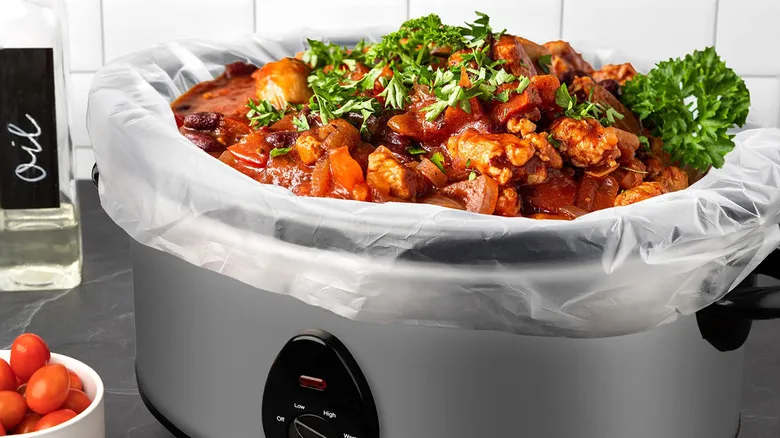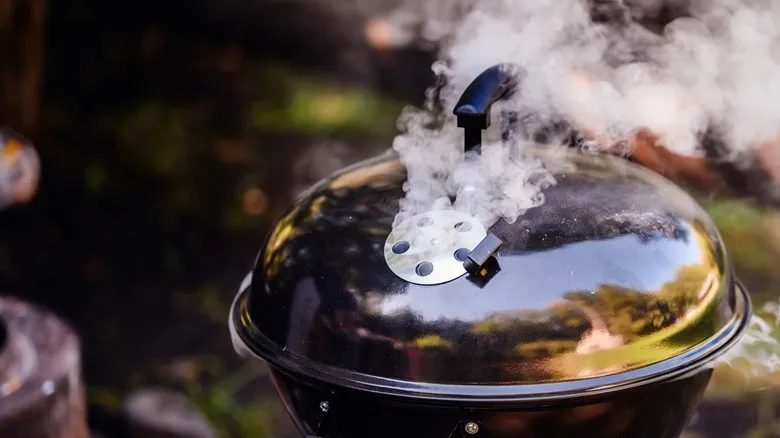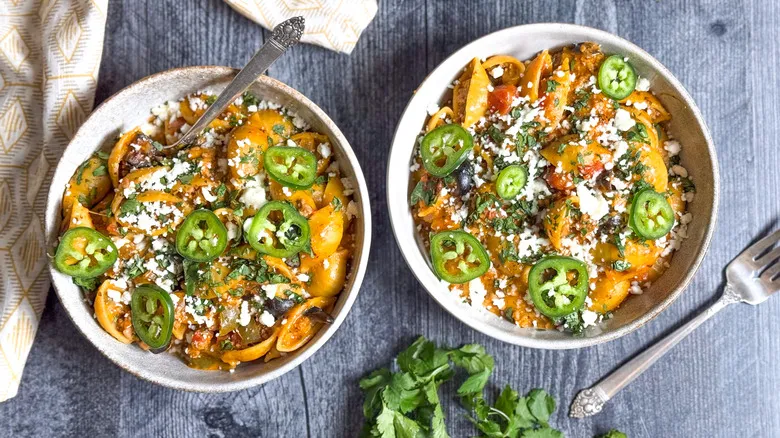Check the unit price first, but don't stop there

Although the unit price is often displayed in smaller text than the retail price, this is the figure you should focus on if you want to save money. Bulk purchases aren't always the best option, but the lowest per-unit price is a reliable indicator of value. Sometimes, smaller products can actually offer a better deal, depending on the brand. If you can opt for a medium-sized bottle of ketchup instead of a large one, it’s likely worth it to save some space in your fridge and reduce waste.
While considering unit prices is an effective way to cut costs, it’s not the only factor to keep in mind while grocery shopping. Always review the ingredient list before adding a new item to your cart. To ensure that your savings are meaningful, compare the ingredients of different food products. (Often, the highest quality ground beef isn’t the least expensive.) Additionally, watch for common food labels that may signal a problem.
Striking a balance between cost and quality ingredients is essential when grocery shopping, so take your trips seriously. After all, you are what you eat, but your budget shouldn’t have to suffer in the process.
Recommended
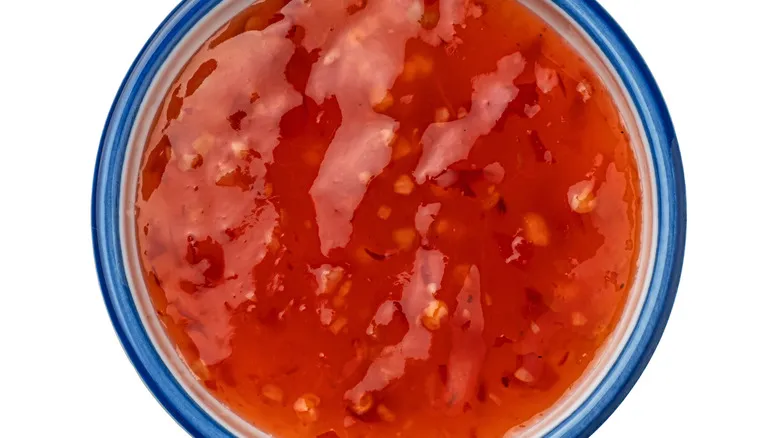
The History Of Sweet And Sour Sauce

Is Trader Joe's Or Costco A Better Place For Charcuterie Board Shopping?

Ina Garten's Valuable Tip On Bringing Host Gifts
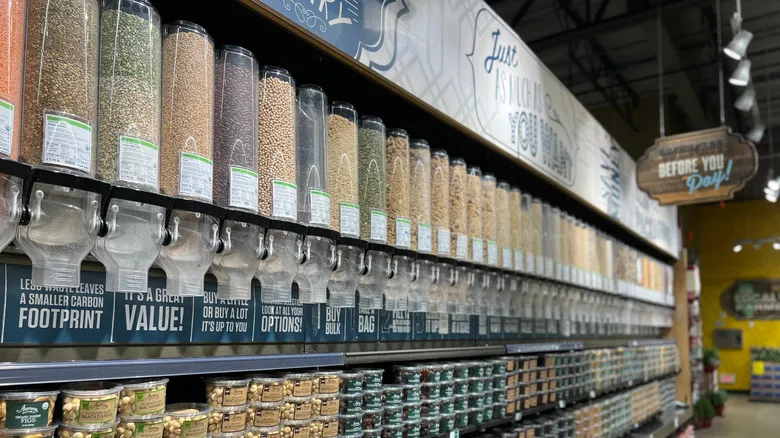
The One Item You Should Avoid Buying In Bulk At Whole Foods
Next up



